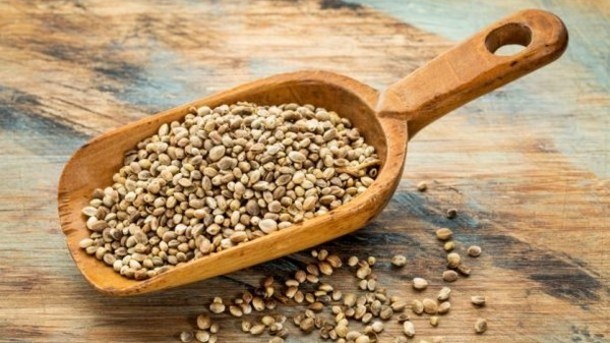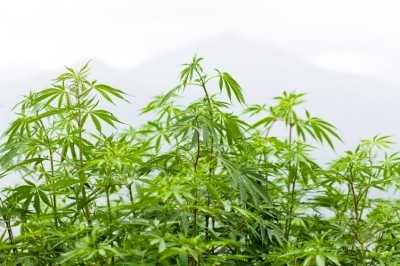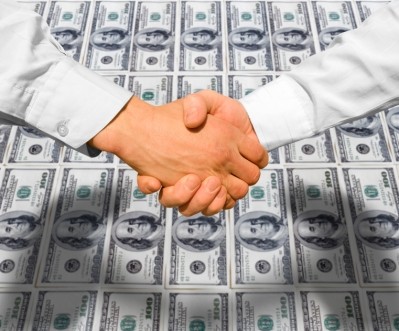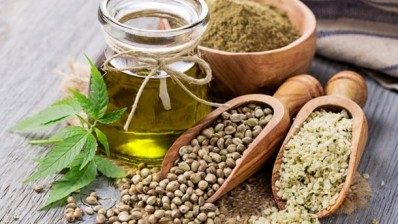Hemp product sales slowly inch up as cultivation barriers get more lax

Looking at the bigger picture, total hemp product sales reached $688 million in 2016, including textiles and auto parts. That means hemp food constituted 19% of the market with 129.3 million, supplements 4% with $26 million, and derived cannabidiol or CBD products another 19% with $130 million.
Data from SPINS indicated growth as well, though Vote Hemp said “significantly underestimates actual sales” because it excluded Whole Foods Market, Costco, and several other retailers that do not share sales data.
Despite this, it offered a real-time view of hemp’s growth and at which channels. Using SPINS’ metrics, Combined 2016 sales of U.S. hemp food, body care, CBD products and dietary supplements grew by 24.64% or approximately $23 million, over the year 2015.
“Sales of popular hemp items like non-dairy milk, shelled seed, soaps and lotions have continued to increase, complemented by successful hemp cultivation pilot programs in several states, and increasing grassroots pressure to allow hemp to be grown domestically on a commercial scale once again for U.S. processors and manufacturers,” according to a statement from Vote Hemp.
Where is hemp being bought?
Sales in conventional retailers grew by 36.54% in 2016, while sales in natural retailers grew by 11.64%, according to SPINS.
The hemp food, supplement, and personal care category has consistently posted sales increases since Vote Hemp started publishing the report: Annual natural and conventional market percent growth has progressed from 7.3% (2011), to 16.5% (2012), to 24% (2013), 21.2% (2014), 10.4% (2015), to nearly 25% in 2016.
“The hemp industry is being led by the Natural Products channel,” said Sean Murphy, founder and publisher of Hemp Business Journal. “Food and personal care categories have traditionally lead the industry and continued to do so in 2016. The emergence of Hemp CBD—a category growing at 53%—drove the hemp industry to a total market size of $688 million.”
“Hemp Business Journal estimates $130 million in hemp industry sales is from the Hemp CBD category, nearly 20% of the total market. This category is being driven by channel sales in the natural products industry, smoke shops and online verticals, with pharmaceutical players quickly moving into position to capture market share,” he added.
Changing landscape of hemp legislation
There are 32 states that have defined industrial hemp as distinct and removed barriers to its production, according to Vote Hemp, which means the states are able to take immediate advantage of the industrial hemp research and pilot program provision, Section 7606 of the Farm Bill.
The organization calculated that approximately 9,650 acres of hemp crops were planted in 15 states during 2016 in the U.S., 30 universities conducted research on hemp cultivation, and 817 State hemp licenses were issued across the country.
To date, the states are California, Colorado, Connecticut, Delaware, Florida, Hawaii, Illinois, Indiana, Kentucky, Maine, Maryland, Michigan, Minnesota, Missouri, Montana, Nebraska, Nevada, New Hampshire, New York, North Carolina, North Dakota, Oregon, Pennsylvania, Rhode Island, South Carolina, Tennessee, Utah, Vermont, Virginia, Washington, West Virginia and Wyoming.









